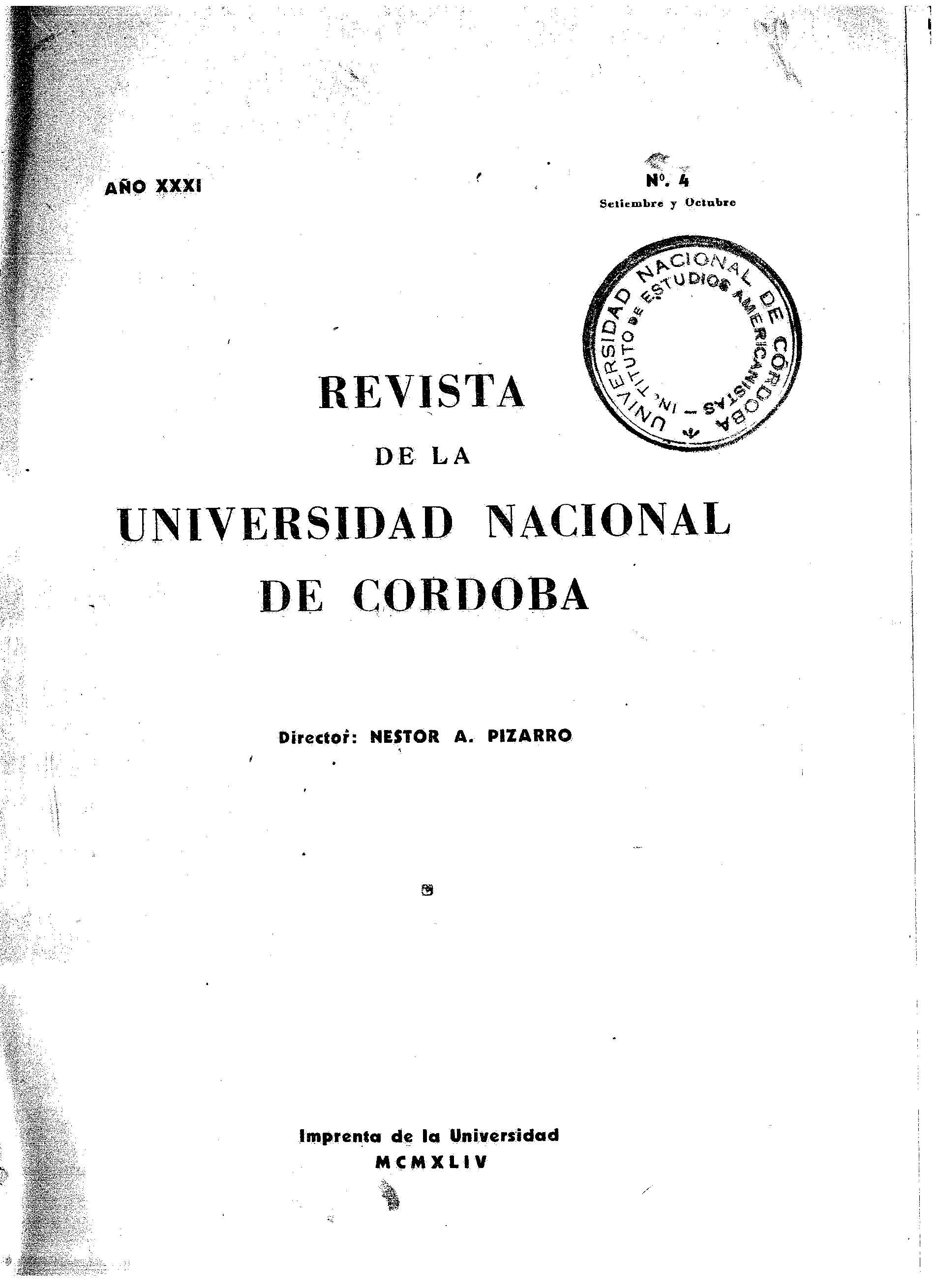The circulatory system of the fetus in the last months of pregnancy and the first months of extrauterine life
Keywords:
Physiology, Circulatory system, Botal HoleAbstract
The circulatory system of the child after birth differs considerably from the circulatory systems of the embryo and fetus.
Until attachment of the egg to the uterine mucosa, it is nourished by the surrounding fluids. The embryo then takes its nutritive materials from the umbilical or vitelline vesicle, but as the quantity of products contained therein is
The embryo then takes its nutritive materials from the umbilical vesicle or vitelline, but as the quantity of products it contains is very scarce, a new circulation is created which, by annexing it to the maternal organism, puts it in symbiosis with the latter, which supplies it with the liquids and gases necessary for its development. When the child is born, unattached to the maternal organism, in order for it to survive, it is necessary that new modifications take place in its cardiovascular system, since organs that remained inactive, such as the lungs and the gastrointestinal tract, enter into functional activity.
Downloads
Published
Issue
Section
License
Copyright (c) 1944 Universidad Nacional de Córdoba

This work is licensed under a Creative Commons Attribution-NonCommercial-ShareAlike 4.0 International License.
Commercial use of the original work and any derivative works is not permitted, and distribution of derivative works must be made under a license equal to that which governs the original work.






